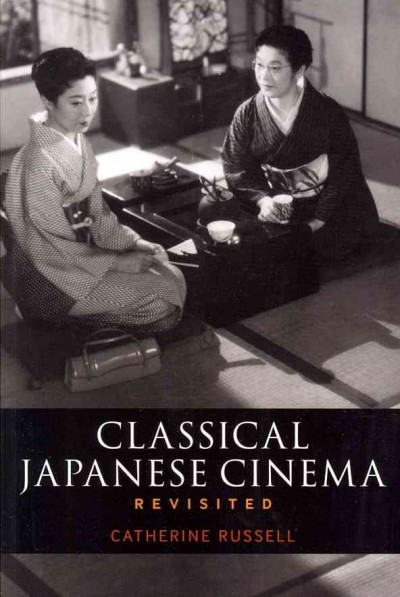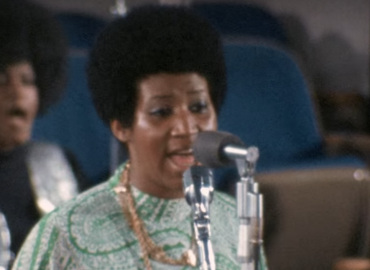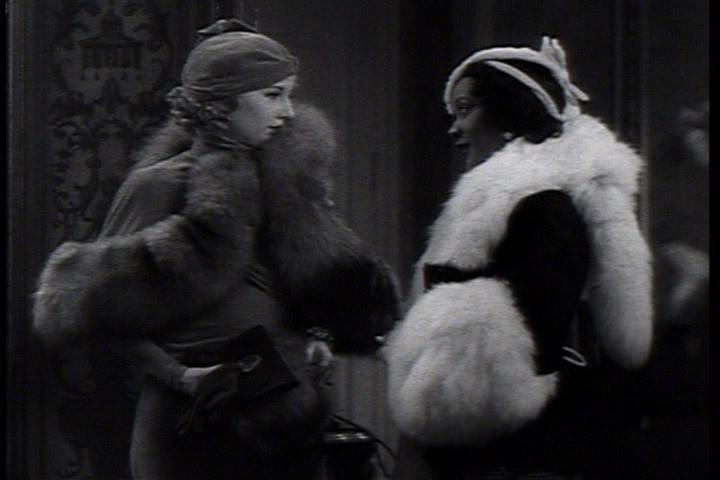
The book approaches Japanese cinema as an industry closely modelled on Hollywood. The classical period refers to the years in which the studio system dominated all film production in Japan, from roughly 1930 to 1960. My approach to the most well known films of this period situates them within Japanese society and culture, the star system, the genre system and the film industry. While I am respectful and well-informed about the aesthetics and critical values of the canon, I am also critical of some of the ideological tendencies of this cinema, and my analyses tend to comment on class and gender dynamics. In this sense, this book is arguably a departure from the usual line of criticism on Japanese cinema. In my view Japanese Classical Cinema has had enormous influence on other Asian cinemas, especially in TV broadcast form, and it is important that the industrial production context be accounted for in discussions of the films.
This book collects eight DVD reviews that I have published in Cineaste since 2002, including one feature article on Kurosawa. I will add an introduction and five or six additional chapters, in consultation with an editor. In my Cineaste reviews of titles such as Tokyo Story, Ugetsu and Kurosawa’s films, my critical approach is to highlight the “everydayness” of Japanese studio-era cinema. The canon of great Japanese cinema has tended to be approached by Western and Japanese critics as an art cinema with auteurist, and at times, Orientalist, assumptions. This volume demystifies the films, while providing concise analyses of them.



